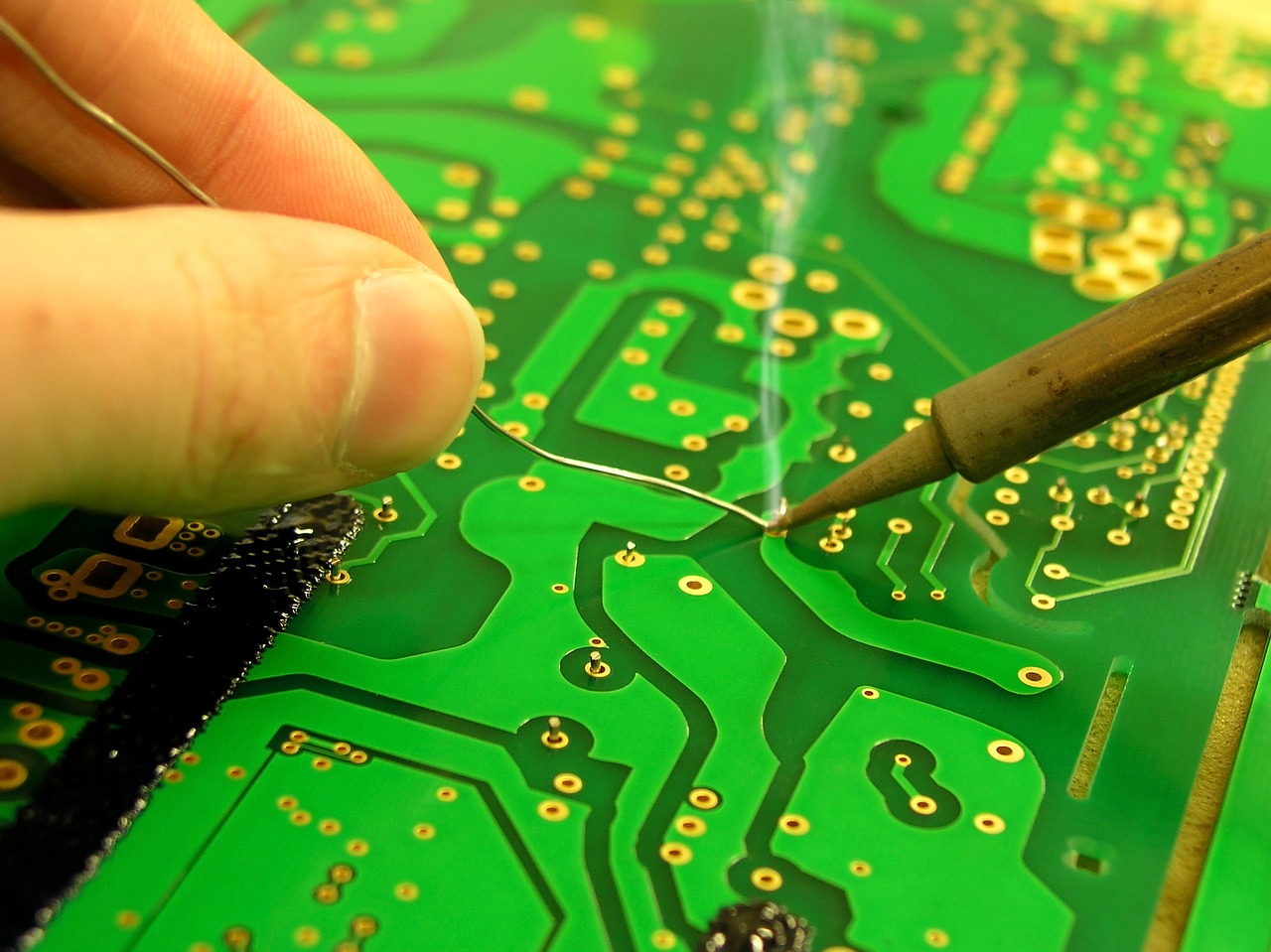
The constant pressure of competition, constantly changing customer expectations, new technologies, and limited access to materials can effectively extend the production process. Also, the vast majority of electronics companies suffer huge losses due to inefficient processes. However, in the age of industry 4.0, we have access to the tools and methods that allow electronics manufacturing services (EMS) companies to maintain production continuity while reducing costs. Read the article and learn about the key factors that can improve your electronic manufacturing process.

The concept of industry 4.0 brings enormous progress in the field of automation of industrial processes, control of their effectiveness, and the quality of the final product. It is already possible to imagine factories and production plants from the not too distant future where the manufacturing processes are entirely (or almost entirely) controlled by self-learning machines and algorithms that oversee their work.
In this world, the data about every stage of the production process is continuously monitored. Any irregularities and deviations from the norm are detected instantly, which results in automatic correction of specific process parameters. Such times are not here yet, but there are other possibilities to enhance the manufacturing process. And they are readily available!
Measure and test
One of the many keys to successful production optimization is based on finding out why production is efficient. There are many tools available in the electronics manufacturing environment to collect and analyze data. If you run an electronic manufacturing company, you should explore these tools and implement the most useful ones. These tools typically base on other internal databases used to record incoming material quality issues, New Product Introduction (NPI) reports, or test reports. All of these elements work as a data source. If you want to achieve significant improvement in production efficiency, you must be able to measure it.
Develop ways of gathering information and inform your subordinates about them in order to involve them in the process. Adapt your current data collection methods to the capabilities of your production and employees. Of course, the best thing is to collect data electronically, directly from the machine/device.
Computerization and automation
In order to improve the production processes and to be able to collect data directly from various devices, the necessary element is the automation of production processes and appropriate machine software. In the era of industry 4.0. no electronics manufacturing company can do without control systems, automation, and advanced IT solutions in the production hall. They enable to shorten the time needed to perform given activities/tasks and relieve the operators from them.
Automated production also enables direct and reliable data collection. At the same time, the risk of human error in the production process is minimized. Thanks to IT solutions, you have constant control over what is happening in the plant, and you know what, when, and where your intervention is required.
Invest in the latest technologies
Industries such as the aviation or medical industries require ever-smaller components to fit modern products. Increased demand for micro-components and flexible PCBs posed a challenge in terms of how and with what tools contract manufacturers assemble these new product types. EMS suppliers are, therefore, obliged to look for new solutions to improve the entire production.
An excellent example of modern technology in the production of electronics is 3D printing (also known as additive manufacturing). The flexibility, speed, and precision of modern photopolymer 3D printers significantly reduce the time to market products intended for mass production and reduce the cost of custom-made devices. Also, making prototypes yourself instead of outsourcing them to external manufacturers saves not only time and money. It also contributes to better protection of intellectual property.
Avoid unplanned downtime
Many failures can be avoided simply by anticipating their occurrence early. Preventive maintenance is the best possible production continuity management concept. To implement preventative maintenance, you must first control and analyze the condition of machines and the life of spare parts. You should also document the condition of each device and components used in it and do it proactively and accurately. Based on historical data, you will be able to predict the likelihood of failure and prevent future downtime.
Production efficiency can be improved in different ways. These simple daily activities, such as regular machine inspections, are more advanced, like adopting machine learning-based algorithms and devices. The introduction of new solutions will increase the possibilities of controlling the production process’s course, enabling rapid detection of defects and potential weaknesses of the entire production line. Electronics manufacturers cannot avoid development. Each change will translate to a greater or lesser extent into an increase in the quality of products and reduce their production costs.
Consider outsourcing
Lastly, one of the most efficient ways to improve your electronic manufacturing process is to outsource it to an external company that provides such services. This way, you can focus on developing your products and improving your offer and sales strategy. Every production-related question is in the hands of the contract manufacturer.
For more information, see: https://asselems.com/
